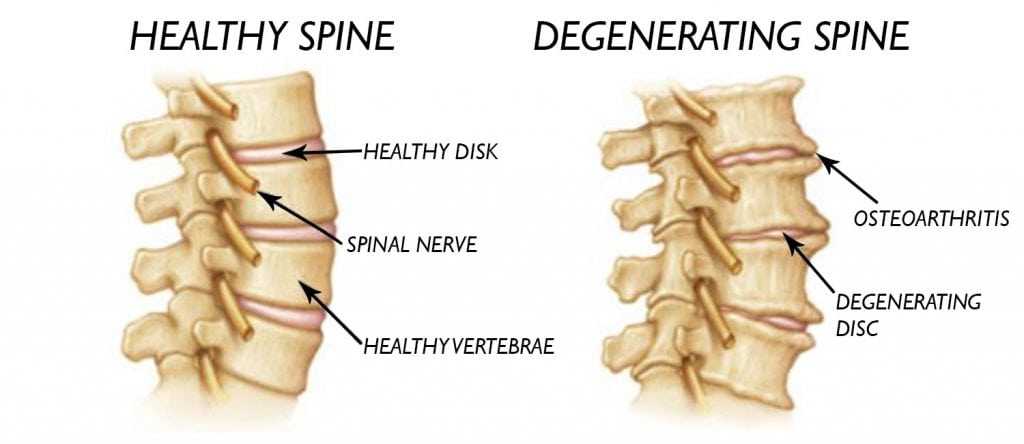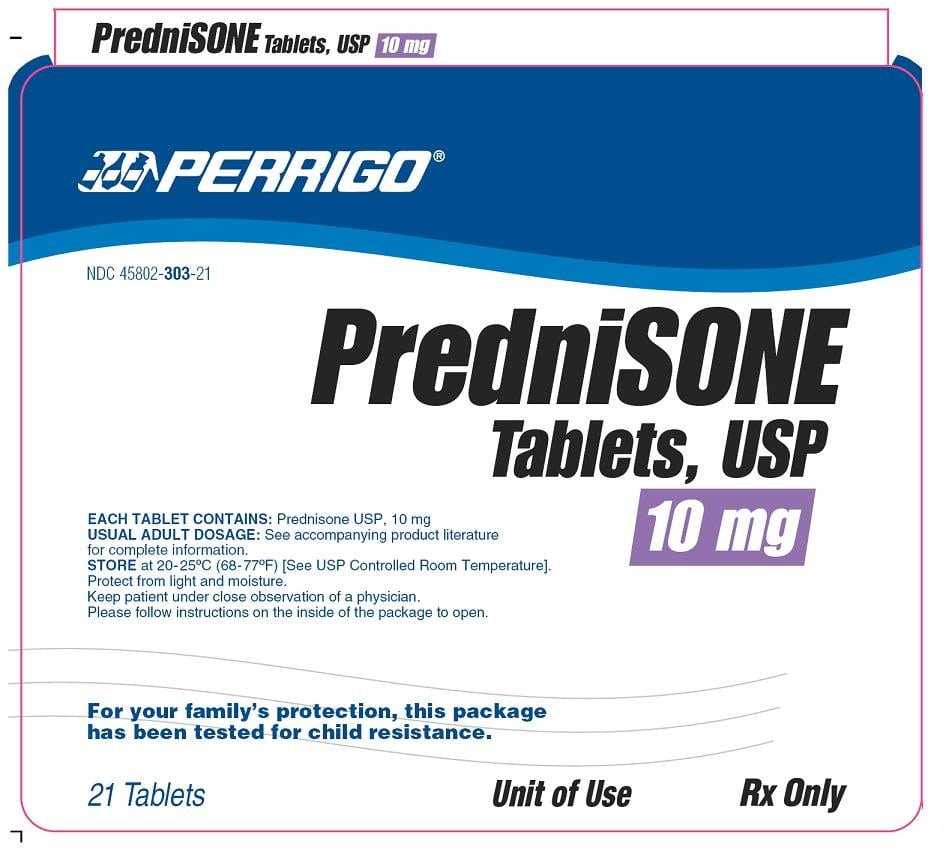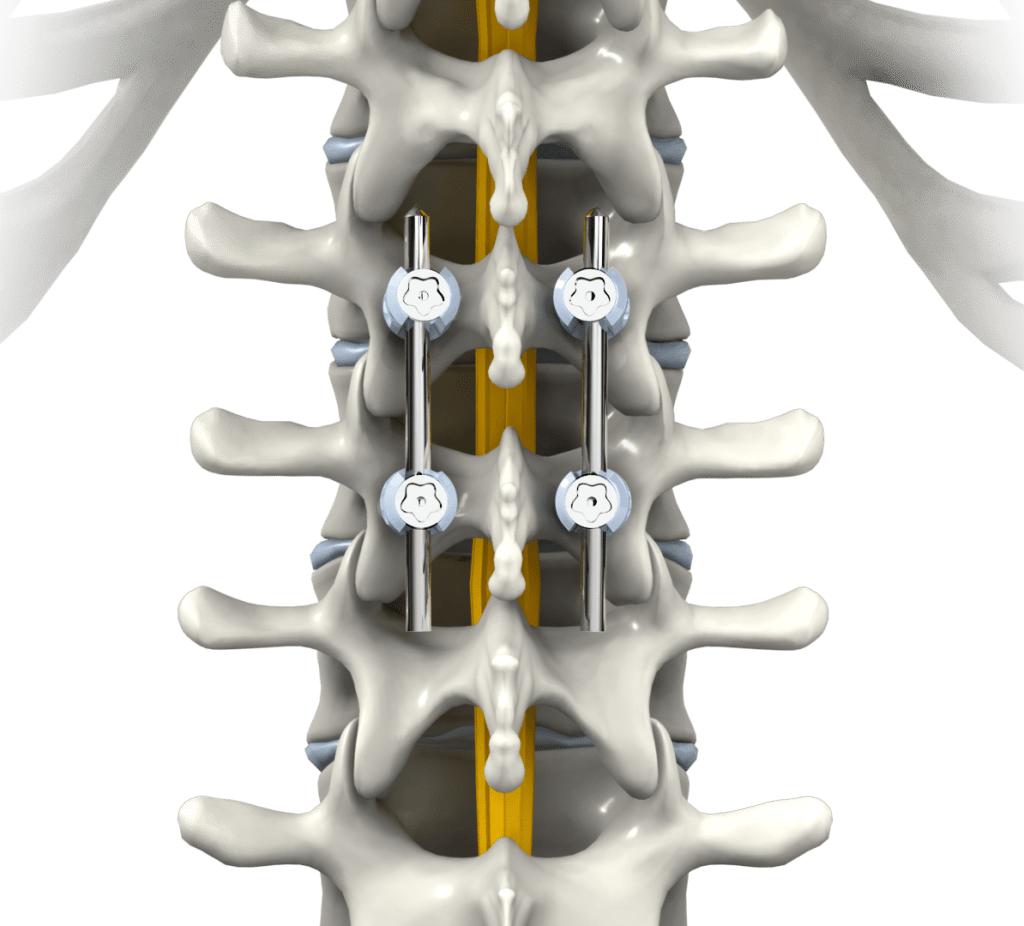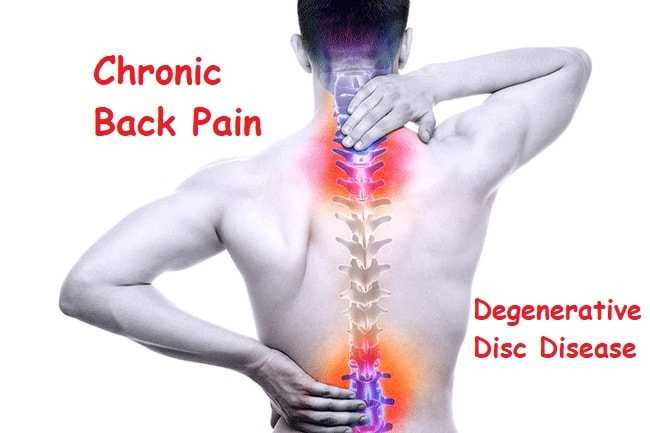What are the best options for degenerative disc disease treatment ?

Treatment Options
Degenerative disc disease is known to cause lots of pain and suffering. On the other hand, it is essential that you realize that there are various methods that you can make use of so as to effectively treat this condition. The most important step that you can take is to try and understand what exactly degenerative disease is and then begin dealing with the condition.

How Do You Get This Condition?
The chances of contracting this particular ailment increases with age. Degenerative disease basically refers to a group of very painful back ailments. It can be caused by other diseases such as spinal stenosis as well as osteoarthritis of the spinal cord. If you are suffering from osteoarthritis of the spine, then your pain is originating from the vertebra since it is being irritated and inflamed due to the compression of the spinal discs. The spine will try to heal itself and as a result, small stones of calcium are formed on the spinal cord. This is the time when a person experiences painful attacks as the spinal column lacks mobility.

Easiest Options For Fast Relief
There are quite a number of degenerative disc disease treatment options that you could possibly take into consideration. The most popular method of treating this condition is the over the counter medication of paracetamol to relieve the pain. Codeine can also be used together with paracetamol for effective pain relief. There are several prescription medications which are anti-inflammatory that you can use to reduce pain. For instance steroids like prednisone can be used but you ought to be very careful as you take this particular treatment method since it is not safe for individuals suffering from heart disease and high blood pressure. The side effects include severe indigestion and ulcers.
Steroids can be taken directly as injections into the back. A newer treatment in the form of injection is the use of hyaluronic acid. Medical studies have shown that it pushes the body to produce other new cells which form the cartilage in the back. Other studies on treatment using hyaluronic injections theorize that it assists in lubricating the spinal pads. It is essential that you consult your doctor prior to starting to any treatment.

Details Of Options For Relief From Pain
Degenerative disc disease is a term used to describe weakening of the spinal discs. Which the disease normally occurs as part of the natural aging process, it can also occur in young people who have back injuries. Disc disease may affect any part of the spine, but it often occurs in the lower back (lumbar) and neck region. Because vertebral discs act as shock absorbers for the spine, worn out discs, which are likely to be weak, make the spinal cord and nerves susceptible to pressure that eventually results in severe back pain. Fortunately, degenerative disc disease treatment can help alleviate the pain. Read on to learn more about such treatments.

Exercise and Physical Therapy
A doctor may prescribe different types of exercises as part of the treatment regimen for degenerative disc disease depending on the diagnosis of a patient. Some of the commonly prescribed exercise regimens include floor exercises such as sit-ups, stretch exercises aimed at the lower back, abdominal bracing, seat lifts and hamstring stretches, which improve back flexibility. In some cases, a doctor may also recommend aerobic exercises to help a patient develop a higher pain tolerance. However, patients suffering from intense back pain should only engage in exercises that relieve tension and pain in the back muscles such as swimming and relaxation.

In most cases, doctors prescribe physical therapy alongside exercise regimens in order to promote mobility and flexibility so that patients can resume their normal life as soon as possible. Physical therapy treatments typically focus on improving a patient’s lifting and walking techniques in order to help the patient to cope better with pain. Other goals of physical therapy as degenerative disc disease treatment include strengthening back, leg and abdominal muscles as well as improving the flexibility of the spine. It is probably important to note that in most cases, doctors may prescribe other treatments alongside physical therapy such as pain relieving drugs and muscle relaxants to help patients deal with acute pain.

Chiropractic Care
This is one of the most effective degenerative disc disease treatment options. Doctors often recommend chiropractic adjustments and spine manipulation therapies to help relieve back or neck pain. Using such therapies, chiropractors skilfully apply pressure on the area affected by the disease to relieve muscle tension, thereby alleviating pain. Chiropractic spinal adjustments also improve the range of motion in the spinal joints. Good joint mobility is vital to the spinal health because it promotes the flow of nutrients and fluids in the spine. It is easier to control and treat pain in a healthy spine.

Good motion range in the spine also promotes overall health of the nervous system and reduces painful muscle spasms that patients often suffer from. It is important to note that chiropractic treatments are vital to the recovery of patients suffering from this disease because they improve spinal movement thus slowing down the rate at which vertebral joints degenerate.

Oral Medication
A physician may prescribe oral medication from drug categories such as analgesics, pain relievers, nonsteroidal anti-inflammatory drugs, and muscle relaxers as part of degenerative disc disease treatment. Examples of such drugs include the followings:
Steroids: These treat certain symptoms including swelling and inflammation. Patients who suffer from acute pain may benefit greatly from steroid drug treatments because they offer immediate pain relief. Doctors may prescribe oral steroids or steroid injections depending on the unique diagnosis of various patients.
Nonsteroidal Anti-inflammatory drugs (NSAID’s): Examples of these drugs include aspirin, ibuprofen, Advil and Celebrex, which are efficient in reducing degenerative, disc disease symptoms such as inflammation and pain.

Analgesics: These may include Tylenol, which is quite effective in relieving back pain. However, analgesic medication may not be suitable as part of a long term degenerative disc disease treatment regimen because they may cause complications such as liver failure.

Epidural Steroid Injections
Most doctors often recommend this degenerative disc disease treatment option for therapeutic purposes. The dosage of these injections varies on a case-to-case basis. However, most patients receive between two and three injections every one to two weeks, or a combination of steroid drugs depending on a patient’s level of pain. It is important to note that these injections are largely effective in managing pain in the short term and patients often have to undergo other treatments such as chiropractic adjustments to alleviate pain more effectively. To protect patients from undesirable side effects such as addiction, most physicians limit the number of injections a patient can receive within a year to four. However, some patients may receive low dosages of steroid and morphine injections regularly if they suffer from acute pain. In cases where doctors prescribe morphine-steroid epidural injections, complications such as respiratory depression and urinary retention may occur.

Surgery
Surgical treatments are often a last resort for patients suffering from unmanageable pain and are unable to undertake their everyday duties. In fact, most doctors only recommend the use of surgical treatments if all other non-surgical degenerative disc disease treatment fails to yield good results in terms of pain management. One of the most common surgical procedures used to treat it is spinal fusion. During this procedure, surgeons fuse/join one or more vertebrae together to make them stronger. This procedure is quite invasive and if any mistake occurs during surgery, serious complications such as permanent nerve damage may occur. Patients also have to undergo a long and often difficult recovery period.

Conclusion
Different treatment options for this spinal disease have varying benefits and limitations. As such, it is important for one to consult a doctor to determine the best treatment for them. Most of these treatments are also long-term and patients have to follow their prescribed treatment regimen faithfully in order to manage their pain effectively and possibly enjoy full, healthy lives.





